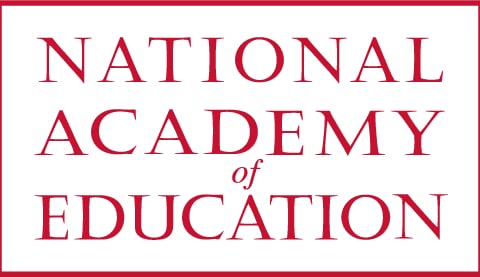Modeling and Modes: Broadening Participation in Science Practices for Emerging Bilinguals
Ashlyn Pierson
About the research
Award
NAEd/Spencer Dissertation Fellowship
Award Year
2019
Institution
Vanderbilt University
Primary Discipline
N/A
In professional and K-12 contexts, science practices integrate multiple modes for expression and sensemaking. Yet, verbal and written representations using academic English are often privileged over other modes in science education, particularly for emerging bilingual learners. This perspective stands in contrast to research that demonstrates that students use hybrid resources, including language, drawing, and gesture, to engage in complex and rigorous disciplinary thinking. This project posits that valuing and leveraging students' everyday translanguaging practices within multimodal modeling activities will increase opportunities for expressing ideas within the classroom, shifting participation structures to increase opportunities for emerging bilingual students to take on powerful and agentive roles. This conjecture is tested in a five-cycle design study, operationalizing learning as students' appropriation and productive transformation of modeling and translanguaging practices. Within a 9-week NGSS-aligned ecology unit, the design provides students with opportunities to reason about science and express their ideas across several testable multimodal representations, including diagrammatic, physical, and computational models. The analysis draws on methods for multimodal content analysis and methods for analyzing the development of practices and participation frameworks. This analysis bridges research from several fields, including English Learner education, linguistics, and science education, to consider how these perspectives inform each other and designs for science learning with emerging bilingual students. This study contributes an understanding of how emerging bilingual students participate in scientific modeling practices using rich multimodal resources, addressing the pressing need to broaden participation in science to communities of learners underrepresented in STEM.
About Ashlyn Pierson
Ashlyn Pierson is a Ph.D. candidate in the Teaching and Learning Department of Vanderbilt University'sbPeabody College of Education and Human Development. Broadly, her research merges theory and practice by using design studies to explore the interplay between learning environments and scientific modeling practices. Based on her previous publications and presentations, she was invited to edit a special issue of Science & Education that considers the non-linear development of students' sensemaking practices in science. Her dissertation builds on her previous work by exploring modeling as an opportunity to expand the range of modes privileged in science classrooms, bridging research about science learning, disciplinary practices, and linguistics. Her dissertation is a design study that aims to understand how emerging bilingual students participate in scientific modeling in a learning environment with rich multimodal resources. A central feature of the design is valuing and leveraging students' everyday translanguaging practices while engaging students in activities that privilege unique modes for sensemaking and expression, including diagrammatic, physical, and computational modeling. At Vanderbilt, Ashlyn received the Bonsal Applied Education Research Award to support data collection for her dissertation. Her preliminary analysis of these data won the Best Student Paper Award from the Advanced Technologies for Learning/Learning Sciences Special Interest Group of the American Educational Research Association. Prior to Vanderbilt, Ashlyn worked as high school math and middle school science teacher in Nashville public schools. She holds an A.B. in Environmental Science and Public Policy from Duke University and an M.Ed. in Instructional Practice from Lipscomb University.
